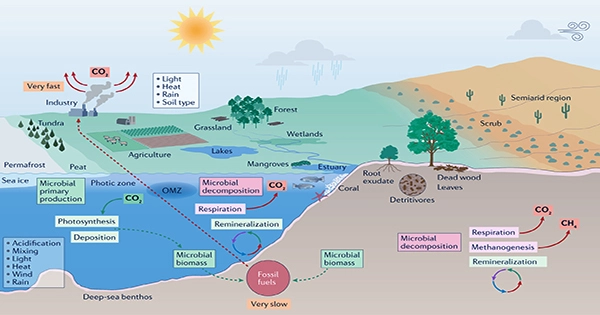Scientists have got to get inventive when it comes to creating sustainable construction materials that address carbon dioxide emissions because the world is so focused on combating climate change. Scientists have now developed a new method of strengthening wood and capturing carbon dioxide from the atmosphere.
It is well-acknowledged that carbon dioxide is a major cause of climate change. A strategy to indirectly combat climate change is to restrict the carbon dioxide emissions brought on by the manufacturing of structural elements like steel, metal, and cement. Reducing atmospheric carbon dioxide by storing it in structural materials is a direct strategy.
Researchers at Rice University in Texas have taken advantage of wood’s inherent qualities to improve its capacity to absorb carbon dioxide. When the internal framework has been removed, the method entails adding highly porous microparticle metal-organic frameworks (MOFs) to the wood. Delignification is the process in question.

cellulose, hemicellulose, and lignin are the three fundamental components of wood, according to Muhammad Rahman, the study’s corresponding author. If you remove the lignin that gives wood its color, the wood turns colorless.
The wood is prepared to accommodate the MOF once it has undergone delignification.
Soumyabrata Roy, a research scientist at Rice University and the study’s principal author, said of the MOF particles, “They simply fit into the cellulose channels and get linked to them.” Then, the CO2 is absorbed by the MOFs.
MOFs are not well recognized for being stable in a variety of environmental circumstances. They frequently exhibit moisture sensitivity, which is something that should be avoided in structural materials.
Yet in their research, the Rice team discovered that the MOF they employed, created by Professor George Shimizu and his associates at the University of Calgary, outperformed others in terms of performance and adaptability under diverse circumstances.
















